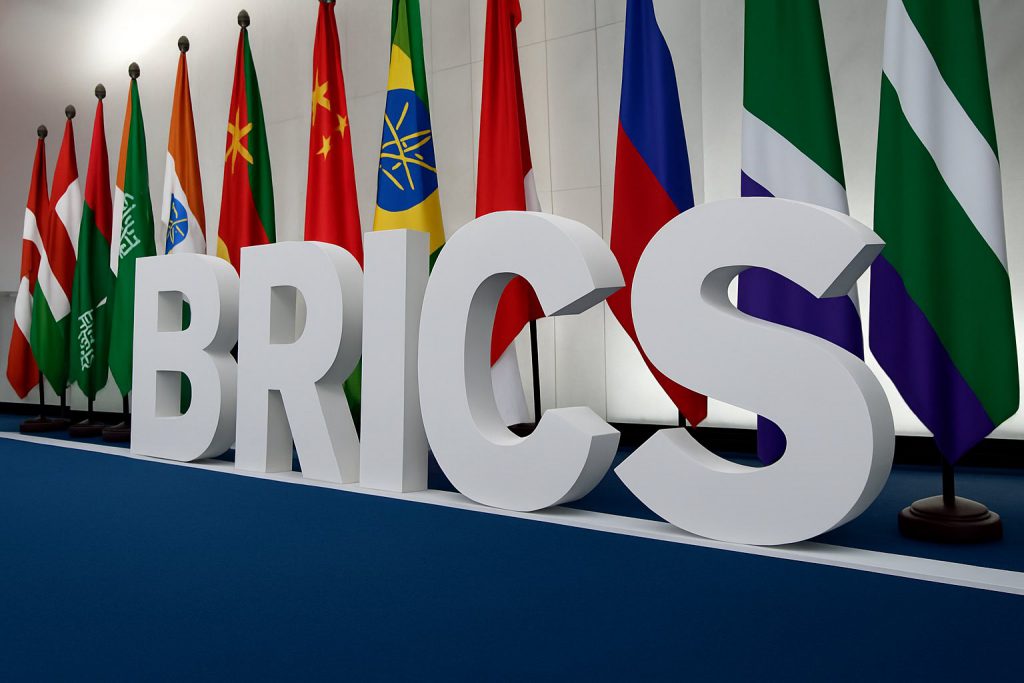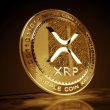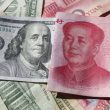The paper-based gold instrument era is coming to a close as we speak, and the transition into physical metal is being accelerated by BRICS countries constructing payment systems that do not rely on the dollar. Canadian mining magnate Frank Giustra said at the Precious Metals Summit that those who own paper products such as ETFs and futures will not own anything at all once the markets become tightened. New physical vaulting facilities and convertibility of yuan to gold are being introduced to avoid going through the Western financial infrastructure at all, and it is a revolution in how gold works in global finance.
Also Read: BRICS Dollar Devaluation Path Strengthens With New Payment Systems
BRICS De-dollarization: The End of Paper-Based Gold & Rise of Physical Metal Systems


China and its partners among BRICS—Brazil, Russia, India, China and South Africa—have been constructing an entire parallel financial system over the past few years. This infrastructure includes payments, settlement, depositories, ratings and also swap lines, and all of it operates outside traditional dollar channels. Yuan-for-gold convertibility was established on the Shanghai Gold Exchange, and physical-delivery vaulting operations are expanding across Hong Kong at the time of writing.
Giustra, who is a member of the Canadian Mining Hall of Fame, had this to say:
“We’re now, believe it or not, in the era of hard money. If you own paper gold, you do not own gold. When the crunch comes, it will not be there.”
The new system being built by BRICS nations downplays products like gold exchange-traded funds, sovereign gold bonds and gold futures that represent a stake in gold’s value without physically possessing the metal.
BRICS Dollar-Free Trade
A key component of this shift is the cross-border central bank digital currency pilot called mBridge. The platform was launched by China, Hong Kong, Thailand and the United Arab Emirates, and Saudi Arabia joined recently. It lets participants settle transactions in local currencies rather than dollars. This represents a direct challenge to the dollar’s dominance in international trade.
Giustra, who founded Wheaton River Minerals and helped launch Goldcorp into a major producer, stated:
“It basically puts (global financial messaging network) SWIFT back into the stone age.”
This system competes directly with dollar stablecoins—digital tokens that are backed by short-term US Treasuries. US tariff policies have accelerated the global split into rival trading camps, and half the world is pushing trade and savings toward non-dollar channels right now. The transition away from traditional paper gold currency systems toward physical metal-backed alternatives is reshaping how nations approach reserve management.
Physical Gold Supply Becomes Critical as Paper Products Lose Ground
As physical delivery increasingly sets clearing prices for gold, bullion premiums—which are the additional costs above benchmark spot prices that buyers must pay to secure real, deliverable ounces—and mine supply have become the real constraints. Central banks are repatriating bullion and prioritizing control of actual gold bars over paper-based instruments.
Giustra noted:
“Everybody’s scrambling to get physical gold onto their own territory. This time is going to be chaotic.”
Also Read: BRICS Creating New Global Currency in 2026? What You Need to Know
Record bullion prices this week underscore the argument that physical gold is eclipsing contracts and ETFs as the true measure of value. Producers with scalable ounces and low costs stand to benefit from this structural shift, and leveraged products and bank trade desks are facing mounting pressure.
What This Means for the Dollar and Global Financial Reset
If the dollar’s reserve role slips, the US could face inflation and higher rates, according to experts. Giustra warned:
“It’s a national security issue.”
He also stated:
“Fiat currencies in general are in their death throes. There is a global monetary reset coming. How it manifests itself, who knows, and whether it’s done peacefully or with a war, who knows.”
The current gold run represents a third stage of a bull market that began after 1971 and reignited when gold broke $1,900 an ounce in 2020. BRICS initiatives continue advancing as nations seek alternatives to paper-based systems that provide exposure without physical possession. With central banks hoarding metal and governments testing non-dollar payment systems, the transformation of global finance is already underway.





